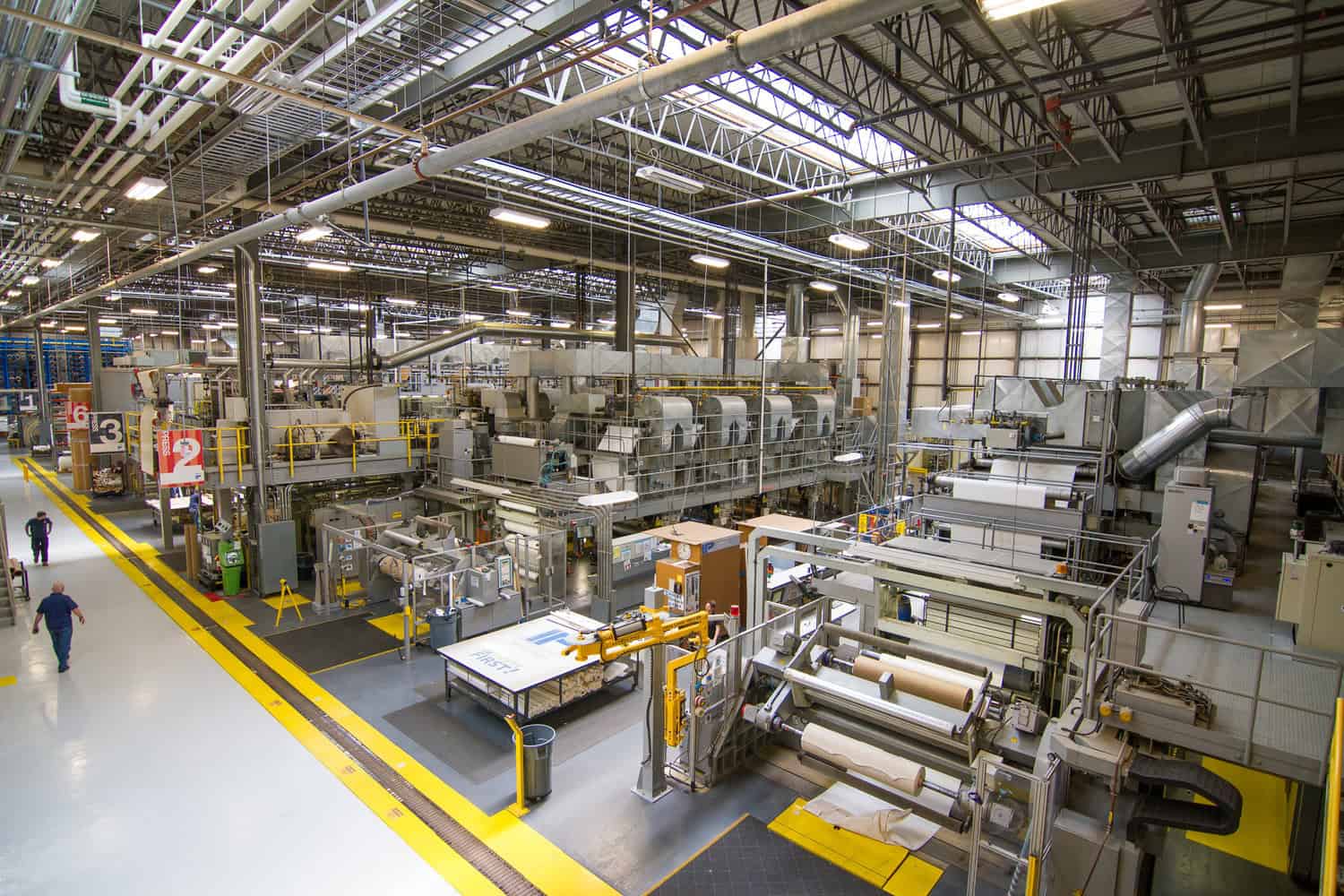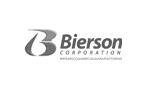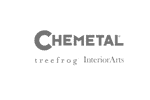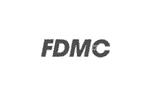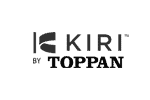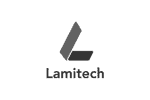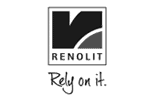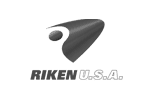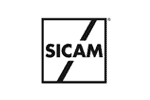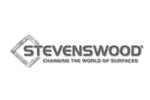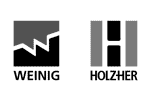Good advice for material suppliers, architects, designers, and product managers in any industry
Edward M. Forster, the late 19th and early 20th century novelist, once suggested, “If I told you, ‘The king died and then the queen died’, that’s a sequence of events. But ‘The king died and then the queen died of grief’, that’s a story.” It’s a little simplistic, but the sentiment is in the right place. And it’s a lesson marketers and advertisers take to heart when talking to customers.
Nearly all professional designers, architects, suppliers, craftsmen, and all other knowledge workers are in the business of selling something. Few products “sell themselves” unless you’re running a lemonade stand on a hot summer day next to a line of marathon runners. We’re all marketers for our craft and our output.
In our recent Material IQ Podcast, I spoke to Jordana Dall’Igna about her work as a commercial interior designer. She designs high-volume spaces like airports, lounges, and cafes, and rightly said, “Education is everything. If you know what you’re selling, you can sell it. If you don’t, it’s really hard to convince anyone.”
Good marketing — or sales, or advertising, or whatever you want to call it — is a transfer of enthusiasm. (As Simon Sinek, of TED Talk fame said, “Don’t sell what you do. Fall in love with what you do and sell your love for it.”) You have to know your product. To truly understand your product, you must be enthusiastic about it, and the best evangelists do this exceptionally well.
Jordana said in the interview, “We always try to bring them data. I think that’s the best way of selling something—showing studies and proving our point.” Still, enthusiasm is hard to come by when you focus exclusively on specifications and sheer metrics.
Some people do care about numbers. Costs are a big one. However, the story surrounding a product or service matters far more to many people than simply stating “Now 50% thinner” or “20% less waste.” Numbers like that are “the king died and then the queen died” of marketing. People genuinely need to know how and why.
Metrics vs. story-driven marketing and how to use them together
Consider the following example for a fictional product. Let’s call it MiracleWood. Its manufacturer has found a way to reduce the amount of adhesive and PVC used in each square foot of 3D laminate.
Metric-driven
Swelling <.4% at 95% RH for high-density panels
Class C fire rating
.68 NRC acoustic absorption
Story-driven
“Achieve the same warm wood aesthetic of conventional laminate without sacrificing quality.”
Metric + Story-driven
Durable, long-lasting, and twice as good for the environment. MiracleWood cuts PVC use by half and glues by 20% thanks to an industry-first chemical process that’s safer during production. You’ll sleep better and safely, thanks to its higher noise absorption and industry-leading Class C fire rating. All while maintaining the same warm, inviting aesthetic in your space.
Material suppliers, interior designers, and even architects must ultimately sell their work to a customer. Further, suppliers and manufacturers can help interior designers by using powerful and engaging stories that they can, in turn, share with their customers.
I’ve often told people, “A commercial interior designer doesn’t buy a single square centimeter of anything until they’ve already sold it to their customers.” And their customers generally don’t know or care much about acoustic absorption or swelling rates of laminate.
But the end results of a safer, quieter living space are tangible. Knowing how much is reduced, what’s improved, and why this is beneficial to a person’s day-to-day use matters.
Honest, truthful stories for sustainable building materials
Take sustainability and environmental impact as another example. These are issues many consumers, particularly younger ones — millions of whom are growing in buying power every day — care about deeply. “Companies in the market for a long time, with older managers, often have a closed vision. They think sustainable materials won’t last,” Jordana noted. But that’s simply not true anymore.
New companies and ones focused on the customer can, with the power of an honest and true story-wrapped product, push ahead with innovative new products that get attention.
For instance, wood is 50% stored carbon by weight. Empowering clients throughout the material supply chain to recognize that wood actively sequesters carbon, often preventing it from entering the environment through landfills or wildfires, encourages new tree growth that stores even more carbon. It shifts the narrative to a valid truth: using wood can be done well and is good for the environment.
We’re all marketers for our cause or products. Stories are powerful things, and wrapped in a good plot, they can change our culture.
You can get more insights like this by subscribing to the Material IQ Podcast wherever you get your podcasts, subscribing via email, and following us on LinkedIn.


